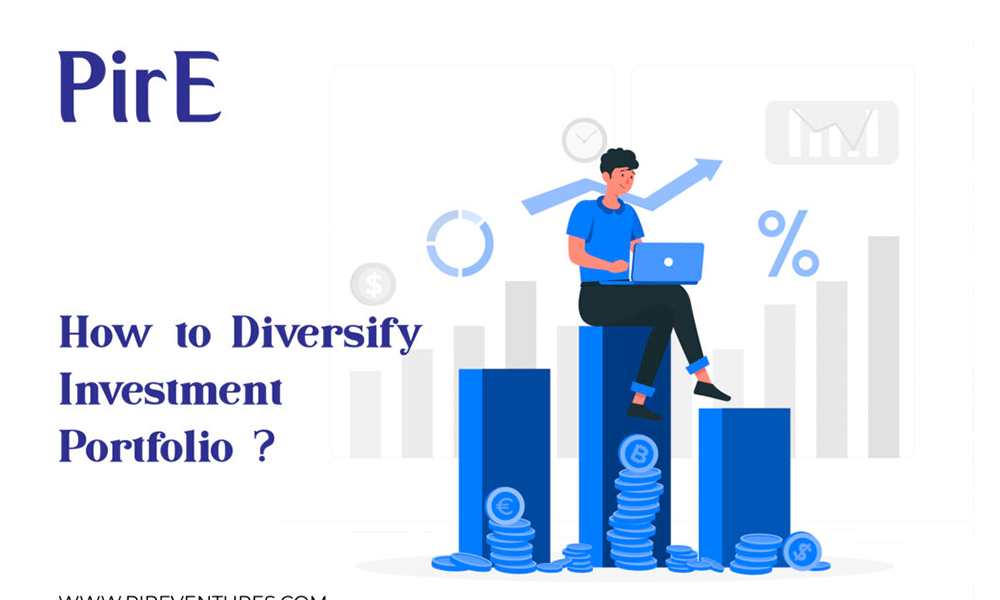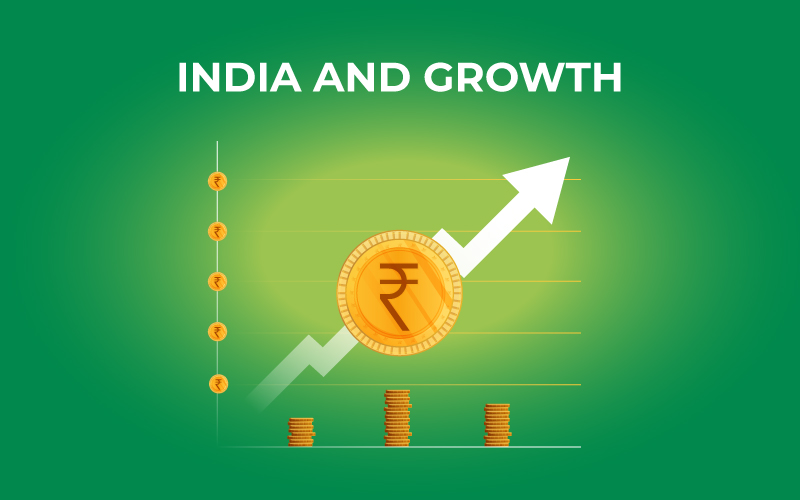Category: Uncategorized
Retirement Planning: Maximizing Your Savings for a Comfortable Future
Retirement is a phase of life that everyone looks forward to, but it can also be a time of uncertainty for those who haven’t adequately planned for it. Retirement planning involves understanding various retirement savings options and determining the best approach to maximize your savings. In this blog, we will discuss retirement planning options such as 401(k) plans, IRAs, and Roth IRAs, and how investors can maximize their retirement savings.
401(k) Plans A 401(k) plan is an employer-sponsored retirement savings plan that allows employees to contribute a portion of their pre-tax salary to a retirement account. The contributions grow tax-deferred until withdrawal, and employers may match employee contributions up to a certain percentage. One of the significant benefits of 401(k) plans is that they offer higher contribution limits than IRAs, allowing individuals to save more money for retirement. In 2021, the contribution limit for 401(k) plans is $19,500 for individuals under 50 years of age and $26,000 for those over 50.
Investors can maximize their 401(k) savings by contributing the maximum amount allowed by the plan and taking advantage of any employer match. Additionally, it’s essential to review the investment options available within the plan and ensure that the portfolio is well-diversified and aligned with your retirement goals. As investors get closer to retirement, it may be wise to consider shifting investments to a more conservative portfolio to protect the accumulated savings.
IRAs Individual Retirement Accounts (IRAs) are personal retirement savings accounts that individuals can contribute to on their own. There are two types of IRAs: Traditional IRAs and Roth IRAs. Traditional IRAs allow for tax-deductible contributions, and the investments grow tax-deferred until withdrawal. On the other hand, Roth IRAs do not allow for tax-deductible contributions, but the investments grow tax-free, and qualified withdrawals are also tax-free.
For the year 2021, the contribution limit for IRAs is $6,000 for individuals under 50 years of age and $7,000 for those over 50. Investors can maximize their IRA savings by contributing the maximum amount allowed and considering the type of IRA that best suits their retirement goals and tax situation.
Roth IRAs Roth IRAs are a popular retirement savings option because of their tax-free growth potential. The contributions are made with after-tax dollars, but the investments grow tax-free, and qualified withdrawals are also tax-free. This means that investors can withdraw their savings during retirement without paying any taxes on the accumulated earnings.
However, there are income limitations for contributing to a Roth IRA. For 2021, the contribution limit for individuals earning less than $125,000 (single filers) or $198,000 (married filing jointly) is $6,000. For individuals earning between $125,000 and $140,000 (single filers) or $198,000 and $208,000 (married filing jointly), the contribution limit is gradually reduced.
Investors can maximize their Roth IRA savings by contributing the maximum amount allowed and taking advantage of the tax-free growth potential. Additionally, investors can consider converting their Traditional IRA to a Roth IRA to take advantage of tax-free growth potential, but this may trigger a tax liability.
Conclusion Retirement planning is a crucial aspect of personal finance, and understanding the various retirement savings options can help investors maximize their savings for a comfortable future. By taking advantage of employer-sponsored plans such as 401(k) plans and contributing the maximum amount allowed, investors can significantly boost their savings. IRAs, including Traditional IRAs and Roth IRAs, offer additional retirement savings options that investors can consider based on their retirement goals and tax
How to Diversify your Investment Portfolio
Diversifying your investment portfolio is an important strategy for managing risk and potentially increasing returns. Here are some ways to diversify your portfolio:
- Asset allocation: Diversify your portfolio by allocating your investments among different asset classes, such as stocks, bonds, real estate, and cash.
- Stock diversification: Diversify your stock portfolio by investing in a mix of large and small companies, as well as companies in different industries and sectors.
- Bond diversification: Diversify your bond portfolio by investing in bonds with different maturities, ratings, and sectors.
- Geographical diversification: Diversify your portfolio by investing in companies and funds that operate in different countries and regions.
- Alternative investments: Consider investing in alternative assets such as real estate, private equity, or hedge funds to further diversify your portfolio.
Diversifying your investment portfolio is a crucial strategy for managing risk and potentially increasing returns. By spreading your investments across different asset classes, sectors, and regions, you can reduce the impact of market fluctuations on your overall portfolio. In this blog post, we’ll explore some ways to diversify your portfolio and the benefits of diversification.
First, let’s define what we mean by diversification. Simply put, diversification is the process of spreading your investments across different types of assets, rather than putting all your money in one place. By diversifying, you can reduce the risk of losing your entire investment if one particular asset or market performs poorly.
One of the most basic ways to diversify your portfolio is through asset allocation. This involves allocating your investments among different asset classes, such as stocks, bonds, real estate, and cash. Each asset class has its own set of risks and returns, and by spreading your investments across different classes, you can reduce the overall risk of your portfolio.
Another way to diversify is by investing in a mix of large and small companies, as well as companies in different industries and sectors. This is known as stock diversification. By investing in a variety of companies, you can reduce the impact of a downturn in a specific industry or sector on your overall portfolio.
Similarly, bond diversification involves investing in bonds with different maturities, ratings, and sectors. By spreading your bond investments across different types of bonds, you can reduce the risk of interest rate fluctuations or defaults.
Geographical diversification is another important aspect of diversification. By investing in companies and funds that operate in different countries and regions, you can reduce the impact of political and economic events in one specific area on your portfolio.
Finally, you can further diversify your portfolio by investing in alternative assets such as real estate, private equity, or hedge funds. These assets may have different characteristics than traditional investments such as stocks and bonds, which can help to reduce the overall risk of your portfolio.
It’s important to note that diversifying your portfolio does not guarantee a profit or protect against loss. It’s also important to review your portfolio regularly and make adjustments as needed to ensure that your portfolio remains diversified and aligned with your investment goals and risk tolerance.
Keep in mind, diversification is a key strategy for long-term investors and it’s important to consult with a financial advisor or investment professional for personalized advice and guidance on diversifying your portfolio. It’s also important to maintain a balance between diversification and focus on your investment strategy. Diversification is a tool, not a rule, it’s important to use it in the context of your personal situation and goals.
In conclusion, diversifying your investment portfolio can help to reduce risk and potentially increase returns. By spreading your investments across different asset classes, sectors, and regions, you can create a more balanced portfolio that can withstand market fluctuations. Remember to review your portfolio regularly and make adjustments as needed, and to always seek professional advice before making any investment decisions.
India and growth
India’s growth rate is among the fastest in the world, retail inflation has slowed, buffer food stockpiles are plentiful, forex reserves are sizable, and it is anticipated that the current account deficit would stay “well below sustainable levels.”
One of the key engines of India’s economic development historically has been domestic consumption, which is now rebounding strongly. The good news for business is this.
One, these numbers are probably going to increase much more as the holiday season draws near. Indian consumers typically spend more between August and January, when sales of everything from two-wheelers to real estate are at their highest. The results for the upcoming three quarters will probably be much better given how fast consumption has rebounded.
Two: India’s growth continues to be driven, for better or worse, by demand. Private spending makes for over 55% of the nation’s total GDP in a regular fiscal year. Additionally, it significantly affects Gross Fixed Capital Formation (GFCF), the following key economic engine that takes into account company investment spending. Strong domestic consumption thus unintentionally leads to robust economic growth.
Three, increasing home spending will increase demand across all businesses, particularly those where considerable sums are spent on luxuries. These range from candies and alcoholic drinks to computers and headphones, as well as apparel and beauty products. The demand for luxury items has exceeded the need for entry-level alternatives in several areas, such as vehicles.
The increasing consumer earnings and purchasing power; the average per capita income has already topped USD 2,000 and is anticipated to cross USD 10,000 by 2045. The luxury market is now more accessible to consumers because to the booming e-commerce industry and digital transactions. Furthermore, premium sectors are fast broadening to include Millennials and non-metro customers as consumers, historically dominated by HNWIs, have become more value- and custom-oriented. Due to the prevalence of remote and hybrid working methods, the usual cohort of HNI and NRI clients has also grown to include wealthy middle-class consumers in various areas, most notably luxury homes.
The most important conclusion is that Indian consumer markets would remain a top priority for international public and private equity investors. The market capitalization of existing and future enterprises will amount to hundreds of billions of dollars.
In conclusion, domestic demand will probably continue to be the main driver of India’s economic growth, with the discretionary spending of a rising group of “premium” consumers playing an increasingly important role. A major investment opportunity is presented by this trend.
Union Budget: Step towards India’s growth
Finance Minister Nirmala Sithraman presented the Union Budget 2022-2023 on 1st February. The Union budget is said to be worth 39.45 crores, 4.6% more than the current year with a steer focus on the infrastructure sector. Also, 1lakh crore is provided to the states to boost the investments in the economy.
The 2022-2023 Union Budget aims to grow the economy for 25 years. “This Budget seeks to lay the foundation and give a blueprint to steer the economy over the Amrit Kaal of the next 25 years – from India at 75 to India at 100. It continues to build on the vision drawn in the Budget of 2021,” said Finance Minister Nirmala Sithraman
The budget has 4 main growth areas PM Gati Shakti, Inclusive Development, Climate Action, and Energy Transition.
Tata Steel CEO and Managing Director T V Narendran appreciated the Union Budget, describing it as yet another progressive, future-focussed and inclusive budget that aimed to position the economy on an accelerated growth trajectory, especially in the backdrop of an encouraging broader economic recovery.
Key points of 2022-2023 Union Budget
-
Virtual assets taxed @ 30%
A tax of 30% is levied on virtual assets such as NFT, cryptocurrency due to an increase in money laundering, tax evasion, and terror financing with cryptocurrencies like Bitcoin, Ether. Further 1% TDS will be charged on any payment made using digital assets. Although losses on such investments will be allowed to set off.
-
Digital Rupee
The Reserve Bank of India will be soon launching Digital Rupee- Central Bank Digital Currency (CBDC) in the upcoming financial year which will be backed by Blockchain technology. A formal announcement will be soon issued by the Reserve Bank of India.
-
MSME in the hospitality sector
Emergency Credit Line Guarantee Scheme (ECLGS) will be extended by March 2023. Under this scheme stressed MSMEs will be provided collateral-free loans. The scheme has been expanded by Rs 50,000 crore amounting to a total of Rs 5 lakh crore.
-
Healthcare
A hike of 16% is been allocated to the healthcare sector from Rs 73,931 crores to Rs 83,200 crores. The ‘National Tele Mental Health Program,’ unveiled by FM Nirmala Sitharaman, would contain a network of 23 tele-mental health centres of excellence.
-
Science and Technology
The Union Budget for 2022-23 allocates Rs 14,217 crore to the Ministry of Science and Technology, a fall of 3.9 percent from the previous fiscal year. Department of Science and Technology (DST), Department of Biotechnology, and Department of Scientific and Industrial Research are the three departments that make up the ministry (DSIR). The Department of Science and Technology will receive Rs 6,000 crore, the Department of Biotechnology will receive Rs 2,581 crore, and the Department of Scientific and Industrial Research will receive Rs 5,636 crore.
-
Financial assistance for capital Investment
To aid states in catalyzing overall investments in the economy, the expenditure for the ‘Scheme for Financial Assistance to States for Capital Investment’ is being boosted to Rs 1 lakh crore in FY23, up from Rs 15,000 crore in the revised estimate for the current year.
The allotment will be utilized for PM Gati Shakti-related and other productive capital investments, and these 50-year interest-free loans are in addition to the standard borrowings available to states.
-
Digital Education
One Class- One Tv Channel” program by PM Narender Modi is to be increased from 12 channels to 200 channels. Due to the coronavirus pandemic students have lacked the formal mode of education. This program will be available from class 1 to class 12in different Indian languages.




